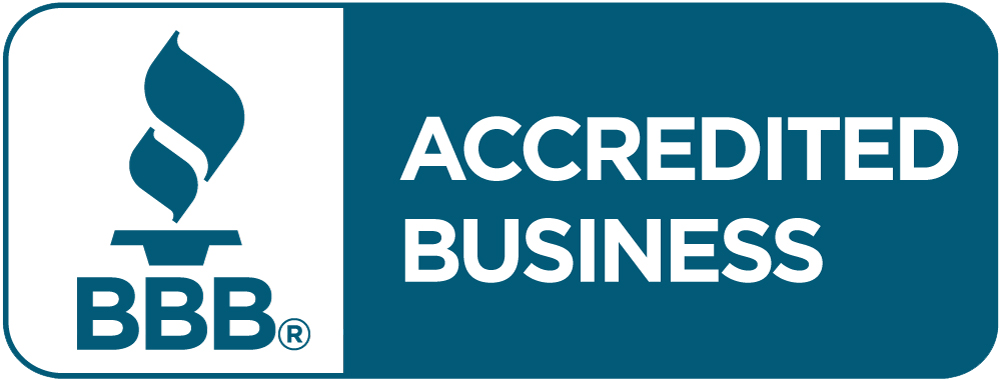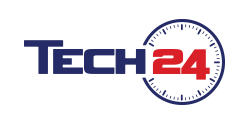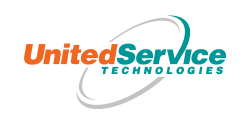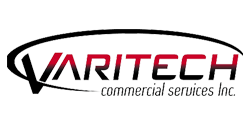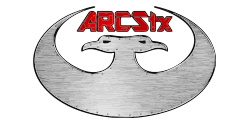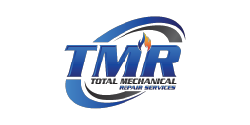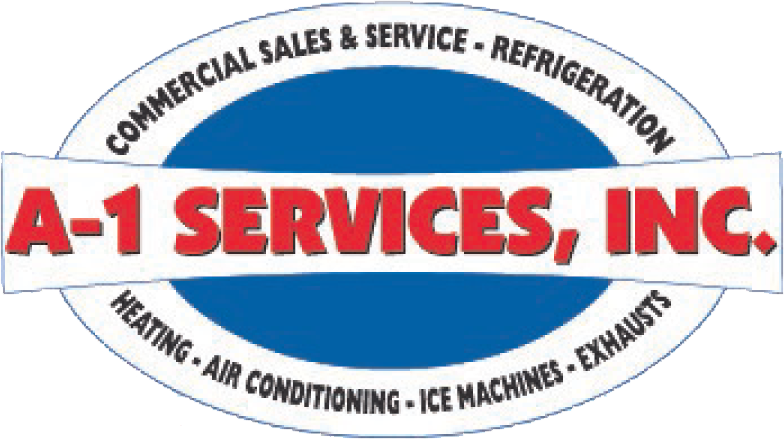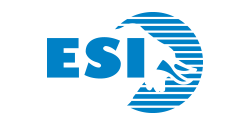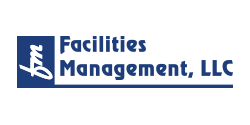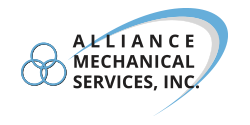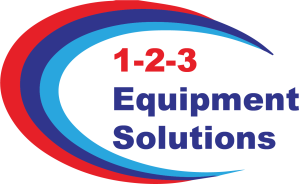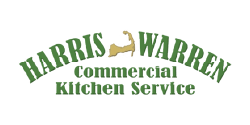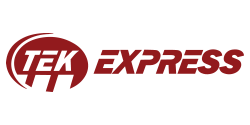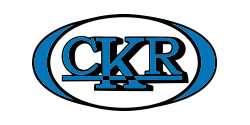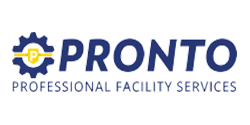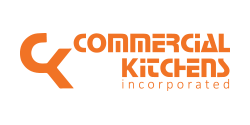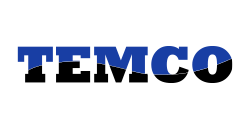Guide to effective equipment maintenance scheduling
In the fast-paced world of commercial kitchens, equipment maintenance is critical for keeping things running smoothly. However, it can be a real headache for restaurant owners and operators to keep track of when their equipment needs servicing. Fortunately, with the right maintenance scheduling options, you can rest easy knowing that your equipment is in tip-top shape and ready to take on whatever challenges come your way!
What are the benefits of equipment maintenance scheduling?
Equipment maintenance scheduling offers several benefits, including extended equipment life, reduced repair costs, improved efficiency, and better food quality. By keeping your equipment well-maintained, you can save money on costly repairs and replacements, reduce downtime, and ensure that your food is always prepared to the highest standards.
Most importantly, over time, careful scheduling and record keeping can help owners and operators plan maintenance activities more effectively and allocate resources more efficiently.
How often should you schedule equipment maintenance?
When deciding how often to schedule maintenance for your equipment, you will need to consider:
- the equipment’s frequency of use (e.g., a fryer at a 24-hour fast-casual is going to get used much harder than a dinner-only establishment!)
- the type of equipment and manufacturer’s recommendations
- the age of the equipment
By thinking carefully about each of these factors, you can begin to flesh out an equipment maintenance schedule that is tailored to your specific equipment needs.
What are some equipment maintenance scheduling and tracking options?
Just like how you wouldn’t expect your car to run smoothly without regular maintenance, neglecting the care of commercial kitchen equipment can lead to negative consequences.
If you ignore scheduling and tracking maintenance, your equipment will start to show signs of wear and tear, and eventually break down (most likely when you need it most!) So, it’s essential to give kitchen equipment the same TLC we give our vehicles, and keep those fryers, ovens, and refrigerators purring like a finely tuned engine.
There are several methods to track equipment maintenance, and the best approach will vary depending on factors such as the size of the establishment, the complexity of its equipment, and the structure of its employee and management setup.
- Manual tracking: Manual tracking involves keeping track of maintenance schedules using a spreadsheet system or even an old-school notebook! This may work if you are a smaller-sized organization with only one or two staff members in charge of overseeing maintenance. In today’s world, however, the sheer complexity and range of equipment types in a typical operation will warrant professional assistance and digital tracking.
- Computerized maintenance management systems (CMMS): Using digital management software systems allows for the tracking of all maintenance schedules and work orders, even across multiple locations or branches.
- Planned maintenance service contracts: Hiring a professional maintenance company to handle all your equipment maintenance needs is often preferred, as skilled technicians will be able to identify potential issues, utilize their own record-keeping software, have parts and supplies in stock or readily available, and mitigate any staff safety risks that could be incurred by in-house repairs.
Planned maintenance just makes sense.
One of the most effective ways to keep your equipment running smoothly is through planned maintenance agreements, also known as preventive maintenance. This involves scheduling regular maintenance tasks, such as inspections and cleaning, before any problems occur. By taking a proactive approach to equipment maintenance, you can avoid costly downtime and repairs, as well as extend the life of your equipment. A professional maintenance company can handle all aspects of planned maintenance, from scheduling to execution, freeing up your staff to focus on essential and operational tasks.
How costly is planned maintenance and how often should you schedule it?
The beauty of planned maintenance lies in the ability to customize visits to fit the needs and budget of your operation — so it might not be as costly as you think. “In general, we see schedules ranging from monthly to quarterly to semi-annually to annually,” said Corey Harrison, Tech24’s chief revenue officer. “We customize based on budget to get you the best value for money spent, as well as the criticality of the piece of equipment and the manufacturer recommendations to maintain warranty, safety and food/product quality.”
Learn more about planned maintenance from Tech24.
Common Sense In-house Equipment Maintenance Tips
In addition to scheduling regular planned maintenance for your equipment, there are several other tips you can follow to keep your equipment in good condition. These include:
- Daily cleaning: Don’t forget to do your chores! Wiping down or cleaning your equipment on a daily basis is essential to preventing the buildup of dirt, grime and wayward food particles. Regular cleaning will also help prevent corrosion and rust. Be sure to use the appropriate cleaning agents and follow the manufacturer’s guidelines to avoid potential damage to equipment surfaces and parts. Some cleaners will break down or pit materials like stainless steel or rubber gaskets.
- Regular in-house inspections: Even if you have a planned maintenance contract, it’s still wise to inspect your equipment regularly to catch any potential problems before they become serious issues. Look for signs of wear and tear, loose or missing parts, and any unusual noises or vibrations. Determine which employee or supervisor is accountable for following up and tracking this essential task.
- Proper lubrication: This is important for reducing friction between moving parts and extending the life of certain components. Be sure to use the correct kind of lubricant for each piece of equipment and follow the manufacturer’s guidelines. Over-lubrication can cause problems as well, so be sure to use the right amount! Ask your repair technician for advice about whether you need to lubricate, how much — and how often.
- When in doubt — make the call: Addressing any equipment issues in a timely manner is critical to preventing further damage and avoiding costly repairs. If you notice any issues with your equipment, such as leaks, malfunctions, or unusual noises, don’t hesitate to call a professional to assess and repair the problem. Waiting too long can cause the problem to worsen and potentially lead to employee or customer safety hazards.
Make maintenance scheduling a top priority.
Consistent and detailed equipment maintenance scheduling and tracking is essential to a smoothly functioning foodservice operation. By creating a tailored maintenance schedule, you can extend the life of your equipment, reduce repair costs, and improve efficiency and food quality.
Whether you choose manual tracking, computerized maintenance management systems, or planned maintenance service contracts, taking a proactive approach to equipment maintenance will save you time and money in the long run.
By following Tech24’s equipment maintenance tips, you can ensure that your equipment runs smoothly with no interruptions, and your foodservice operation stays ahead of the repair/replace game.
So, don’t cross your fingers and wait for equipment breakdowns to occur! Start planning your proactive maintenance schedule today.



